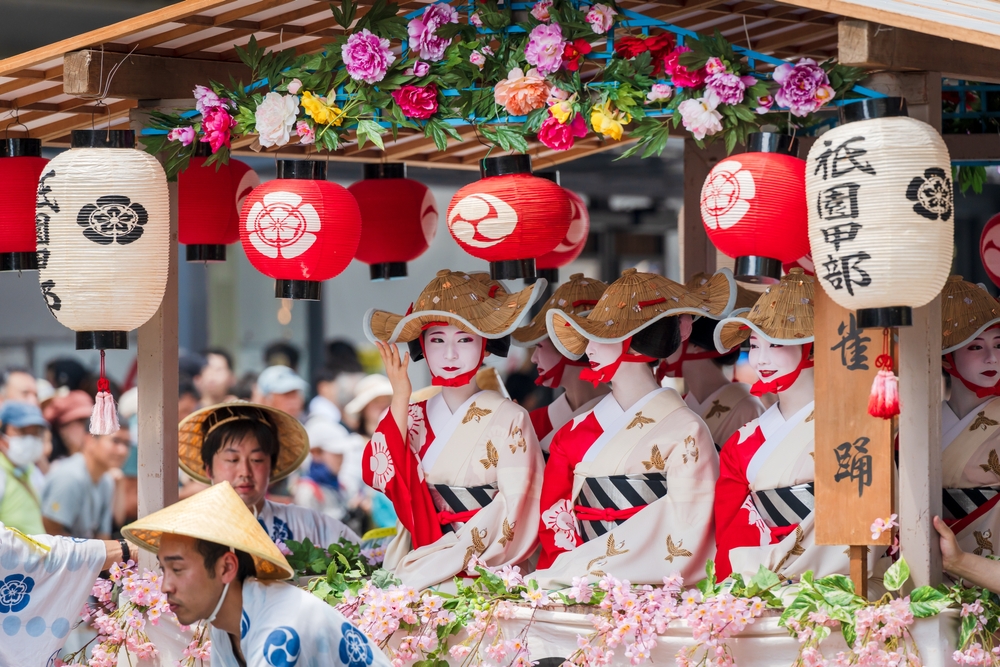In a world where there are many different cultures and customs, festival tourism serves as a means of celebrating the diversity and depth of humanity. Cultural festivals provide a plethora of experiences, from vibrant parades to energetic dances, that entice visitors to fully immerse themselves in the energy of international celebrations. As we travel the world, we find that these festivals are more than just occasions; they are portals into a community’s spirit, a manifestation of its values, beliefs, and goals.
Festival tourism offers a chance to see the world in all its splendor, from the bustling streets of Rio de Janeiro’s Carnival to the serene hillsides of Japan’s cherry blossom festivals. Every festival honors the contemporary development of cultural identity while also serving as a monument to the tenacity of customs that have been passed down through the ages. Here, we explore the fascinating world of festival travel, where people value tradition and diversity coexist.
- Rio de Janeiro Carnival, Brazil: It is a spectacular display of dance, music, and pageantry, and it’s one of the biggest and most well-known festivals in the world. Every year, just before Lent, vibrant floats, intricate costumes, and samba rhythms fill Rio’s streets. Millions of tourists travel from all over the world to Brazil for Carnival, which celebrates Brazilian identity and culture through spectacular parades at the Sambadrome and exciting block parties known as blocos.

- Holi, India: Also referred to as the Festival of Colors, is one of the country’s most colorful and exuberant celebrations of the coming of spring and the victory of good over evil. India’s streets and squares come alive with color during Holi, when people assemble to hurl water and powder in vibrant hues at one another. The streets come alive with dancing and celebration, and laughter and music fill the air. Travelers visiting India will have an incredibly memorable time celebrating life, unity, and forgiveness during Holi.
- Oktoberfest, Germany: Oktoberfest, which began in Munich at the beginning of the 19th century, has developed into the biggest beer festival in the world, drawing millions of tourists each year. Oktoberfest, a celebration of Bavarian culture that takes place every year in late September or early October, features traditional dance, music, and of course, beer. Indulge in hearty Bavarian cuisine, sample a wide range of German beers, and take part in festive events like parades and carnival rides. Oktoberfest is a celebration of the friendly nature of German hospitality and a destination that both beer and culture lovers should not miss.
- Hanami, Japan: Japan’s cherry blossom season, or hanami, is a much-anticipated springtime tradition that involves flower viewing. People gather in parks and gardens all over Japan to enjoy picnics, music, and dancing beneath the cherry trees as the trees are covered in delicate pink blossoms. Hanami is a time for introspection and rejuvenation as well as a celebration of the transient beauty of the natural world. Hanami provides visitors to Japan with a singular chance to experience the nation’s rich cultural legacy and take in the cherry blossoms’ timeless beauty.
- Mardi Gras, New Orleans, USA: Celebrated as the “Greatest Free Show on Earth,” New Orleans, Louisiana, has a great tradition of celebrating Mardi Gras. Every year, in the weeks preceding Lent, Mardi Gras is a wild celebration of food, music, and fun. Mardi Gras is a sensory extravaganza that perfectly embodies the essence of New Orleans’ dynamic culture, from the vibrant parades of masked krewe members to the boisterous street parties of the French Quarter. Travelers looking for a taste of the Big Easy will find Mardi Gras to be an unforgettable experience with its unique blend of customs, music, and cuisine.
- Gion Matsuri, Kyoto, Japan: One of the most well-known and ancient festivals in Japan, Gion Matsuri is held in Kyoto every July and dates back more than a millennium. The festival’s centerpiece is the elaborate parade of elaborate floats, or yamaboko, led by participants dressed in costume through Kyoto’s streets. Gion Matsuri honors the city’s historic Gion district, which is well-known for its traditional wooden machiya houses and geisha culture, as well as Japan’s rich cultural legacy. Gion Matsuri provides visitors to Kyoto with an exceptional opportunity to witness the beauty and grace of traditional Japanese arts and customs, as well as a rare window into Japan’s distant past.

Conclusion
Festival tourism is more than just a travel experience; it is a celebration of the human spirit and the many cultural threads that bind us all together as we travel the world and discover the rich tapestry of festivals that adorn our planet. Festival travel provides an insight into the inner workings of a community, serving as a constant reminder of the diversity and beauty that make the world we live in so remarkable, whether we are dancing through the streets of Rio de Janeiro or gazing upon the breathtaking beauty of Japan’s cherry blossoms.


